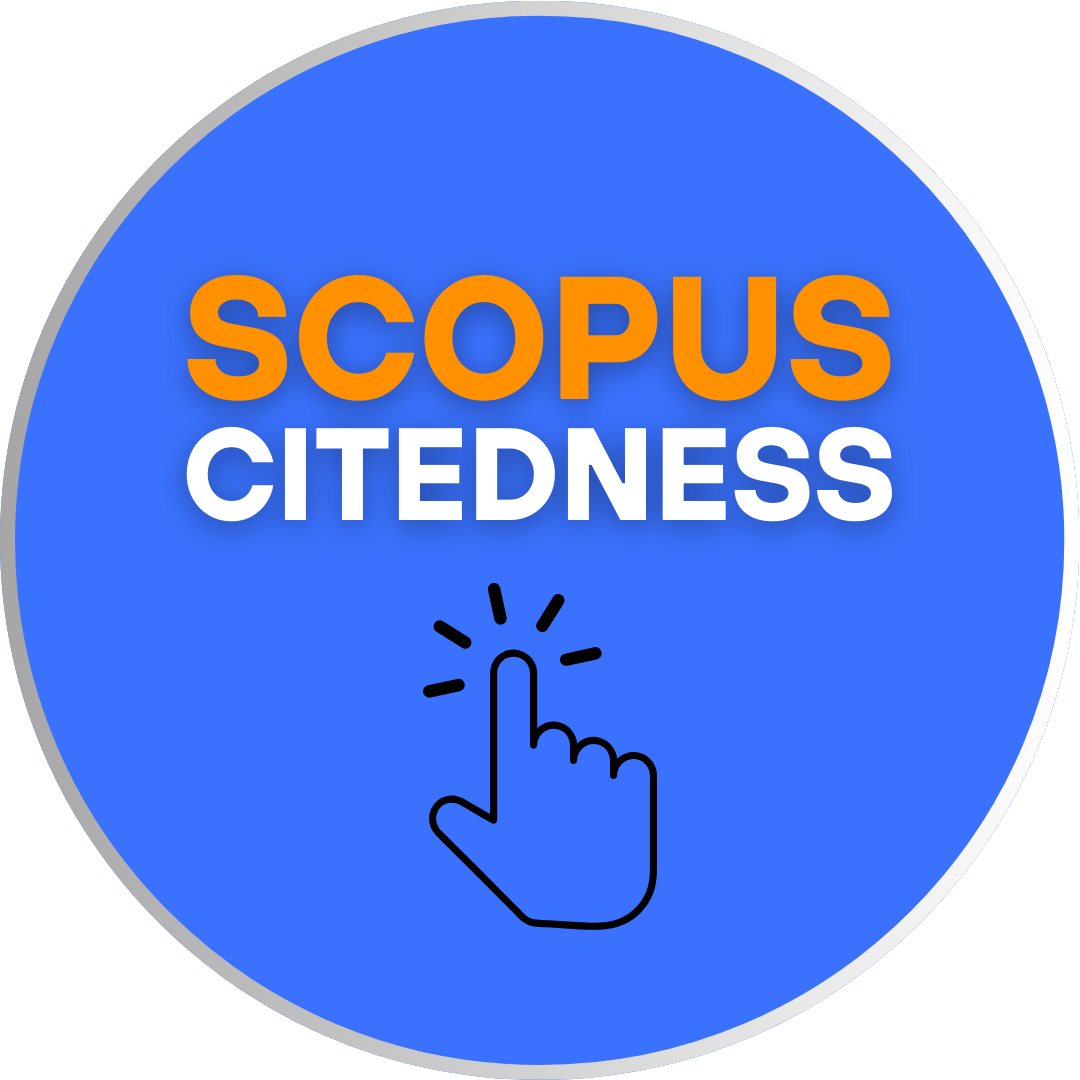The Use of Personification and Simile in Gibran’s The Broken Wings
DOI:
https://doi.org/10.18592/let.v15i1.16469Keywords:
Personification, Simile, The Broken WingsAbstract
This study is intended to analyze the language style of Gibran’s The Broken Wings by tracing the novel’s content and to discuss the meaning of Gibran’s clauses or sentences written in personification and simile. In this article, the writer discusses the elements of the novel generally. The method used is descriptive-qualitative. And the finding of the study is that the author’s way of using personification and simile is very much influenced by environment. Analysis reveals that Gibran’s use of figurative language, particularly personification and simile, serves to evoke emotional responses and reflect the social and spiritual conditions of his time. Through personification, nature and abstract concepts are given human traits, creating a deeper emotional resonance. The findings suggest that Gibran’s literary style is deeply rooted in his cultural background, personal experiences, and philosophical beliefs.References
Abdo, I. B., & Yazzean, S. B. (2019). A Cultural Contrastive Translation Study of Omission in Gibran’s the Broken Wings. Centre of Excellence for Scientific & Research Journalism, 8(4), 805–816. https://doi.org/10.25255/jss.2019.8.4.805.816
Aditya, M., Syarifah, S., & Hidayani, S. (2023). Implementasi Gaya Kepemimpinan Kyai dalam Meningkatkan Kinerja Guru di Pesantren Hujjaturahmah Tanjung Pura. Jurnal Idaran At Talim, 1(2), 112–119.
Faja, H. M., & Yasen, S. (2023). Nietzsche’s Interpretation of Suffering in Khalil Gibran’s The Broken Wings. Al-Qadisiyah Journal For Humanities Sciences, 26(2), 7–21.
Fitria, T. N. (2022). Figurative Language in the Broken Wings by Kahlil Gibran: An Analysis of Language Style as Stylistic Effect. Notion: Journal of Lianguistics, Literature and Culture, 4(2), 105–117. https://doi.org/10.12928/notion.v4i2.5798
Fitria, T. N. (2024). A Translation Analysis of Kahlil Gibran’s “The Broken Wings” to “Sayap-Sayap Patah” By Sapardi Djoko Damono And M. Ruslan Shiddieq. Ranah: Jurnal Kajian Bahasa, 13(1), 151–164. https://doi.org/10.26499/rnh.v13i1.4713
Fuad, A. D., & Dermawan, T. (2022). Pandangan Dunia Kahlil Gibran dalam Novel Sayap-Sayap Patah. BELAJAR BAHASA: Jurnal Ilmiah Program Studi Pendidikan Bahasa Dan Sastra Indonesia, 7(1), 85–100. https://doi.org/10.32528/bb.v7i1.10
Gibran, K. (1985). Between Night and Morn, The Broken Wings, The Voice of The
Master, The Threasured Writing of Kahlil Gibran. Edison, NJ. : Castle Books.
Healey, J. F. (2010). The Essentials of STATISTICS A Tool for Social Research edisi ke2. Wadsworth Cengage Learning.
Naeem, A., & Khushk, M. (2022). A Comparative study of feministic approaches ‘My Feudal Lord’ by Tehmina Durani and ‘The Broken Wings’ by Kahlil Gibran. International Research Journal of Education and Innovation, 3(2), 280–290.
Ruslida, V. M., Sembiring, B., & Damayanti, I. (2019). Figurative Language in William Shakespeare and WilliamWordsworth’s Poems. 161–170.
Sumiati, A., & Noverino, R. (2021). Criticizing the Translation of Gibran’s “The Broken Wings”: Extra and Intra-Textual Analysis. IJLECR (International Journal of Language Education and Cultural Review), 7(1). https://doi.org/10.21009/IJLECR.071.04
Downloads
Published
How to Cite
Issue
Section
License
Copyright (c) 2025 Ridha Fadillah

This work is licensed under a Creative Commons Attribution 4.0 International License.
Authors who publish with this journal agree to the following terms:
- Authors retain copyright and grant the journal right of first publication with the work simultaneously licensed under a Creative Commons Attribution License that allows others to share the work with an acknowledgement of the work's authorship and initial publication in this journal.
- Authors are able to enter into separate, additional contractual arrangements for the non-exclusive distribution of the journal's published version of the work (e.g., post it to an institutional repository or publish it in a book), with an acknowledgement of its initial publication in this journal.
- Authors are permitted and encouraged to post their work online (e.g., in institutional repositories or on their website) prior to and during the submission process, as it can lead to productive exchanges, as well as earlier and greater citation of published work.
LET (LINGUISTICS, LITERATURE, AND LANGUAGE TEACHING) http://jurnal.uin-antasari.ac.id/index.php/let/index licensed under a Creative Commons Attribution 4.0 International License.
















